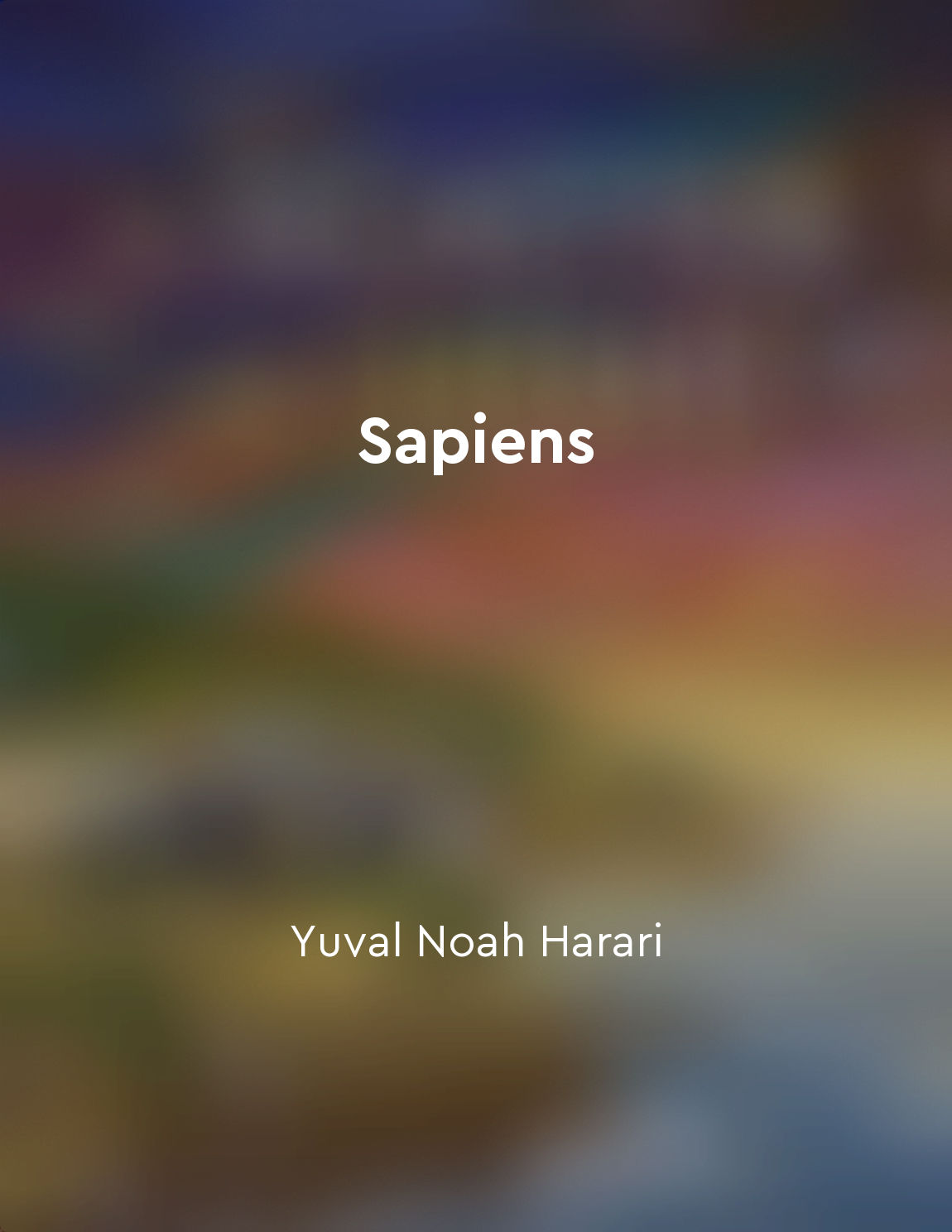Exploring the potential of AI in creative fields from "summary" of The Creativity Code by Marcus Du Sautoy
There is a growing interest in the role that AI could play in creative domains, such as music, literature, and art. The potential for AI to generate creative works challenges the notion that creativity is a uniquely human trait. By exploring the capabilities of AI in creative fields, we can gain insight into the nature of creativity itself. AI systems are already producing music that is indistinguishable from compositions made by humans. These systems can analyze vast amounts of musical data to identify patterns and create original pieces. Similarly, AI algorithms can generate text that mimics the style of famous authors, blurring the line between human and machine-generated literature. In the field of visual art, AI has been used to create paintings and sculptures that rival those produced by human artists. These AI systems can learn artistic techniques and generate original works that are visually stunning. By pushing the boundaries of what AI can create, we are challenging traditional notions of creativity and expanding our understanding of artistic expression. Despite these advancements, there are still limitations to AI's creative capabilities. While AI systems can replicate existing styles and techniques, they may struggle to produce truly innovative and groundbreaking works. Human creativity often stems from emotions, experiences, and intuitions that are difficult to replicate in machines. As we continue to explore the potential of AI in creative fields, we must consider the ethical implications of using machines to produce art. Will AI-generated works devalue human creativity, or will they inspire new forms of artistic expression? By grappling with these questions, we can better understand the intersection of technology and creativity in the modern world.Similar Posts

Failure is a natural part of the creative journey
Failure is an inevitable part of the creative process. It is something that every artist, writer, musician, or inventor encount...
The relationship between brain size and intelligence
In the animal series, we have seen that the brain of an ant is small in size compared to that of a bee, but the ant displays a ...

Problemsolving requires creative thinking
To effectively solve problems, one must engage in creative thinking. This involves approaching challenges from different angles...

Technology has dramatically changed human society in the past century
Technology, more than anything else, has transformed human society over the past century. The pace of technological advancement...
Art can help regulate emotions
Art has the power to evoke emotions within us, both positive and negative. When we experience a piece of art, our brains light ...
Embrace the journey, not just the destination
The journey we take in life is just as important, if not more so, than the destination we hope to reach. We often get caught up...
AI can learn creativity through algorithms
In the quest to understand creativity, researchers have turned to artificial intelligence as a tool to unlock its mysteries. By...
